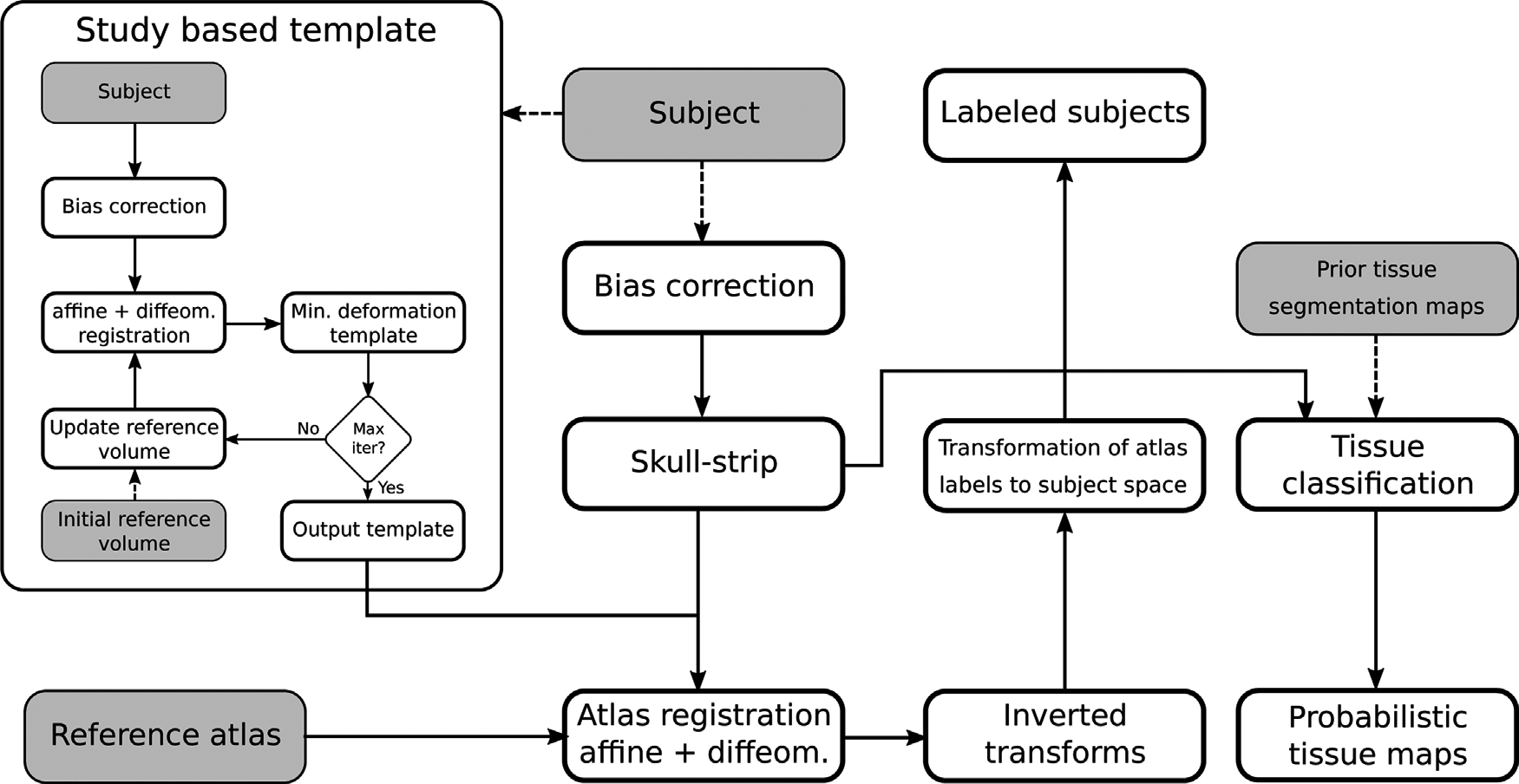 One of the most common tasks in small rodents MRI pipelines is the voxel-wise segmentation of the volume in multiple classes. While many segmentation schemes have been developed for the human brain, fewer are available for rodent MRI, often by adaptation from human neuroimaging. Common methods include atlas-based and clustering schemes. The former labels the target volume by registering one or more pre-labeled atlases using a deformable registration method, in which case the result depends on the quality of the reference volumes, the registration algorithm and the label fusion approach, if more than one atlas is employed. The latter is based on an expectation maximization procedure to maximize the variance between voxel categories, and is often combined with Markov Random Fields and the atlas based approach to include spatial information, priors, and improve the classification accuracy. Our primary goal is to critically review the state of the art of rat and mouse segmentation of neuro MRI volumes and compare the available literature on popular, readily and freely available MRI toolsets, including SPM, FSL and ANTs, when applied to this task in the context of common pre-processing steps. Furthermore, we will briefly address the emerging Deep Learning methods for the segmentation of medical imaging, and the perspectives for applications to small rodents.
One of the most common tasks in small rodents MRI pipelines is the voxel-wise segmentation of the volume in multiple classes. While many segmentation schemes have been developed for the human brain, fewer are available for rodent MRI, often by adaptation from human neuroimaging. Common methods include atlas-based and clustering schemes. The former labels the target volume by registering one or more pre-labeled atlases using a deformable registration method, in which case the result depends on the quality of the reference volumes, the registration algorithm and the label fusion approach, if more than one atlas is employed. The latter is based on an expectation maximization procedure to maximize the variance between voxel categories, and is often combined with Markov Random Fields and the atlas based approach to include spatial information, priors, and improve the classification accuracy. Our primary goal is to critically review the state of the art of rat and mouse segmentation of neuro MRI volumes and compare the available literature on popular, readily and freely available MRI toolsets, including SPM, FSL and ANTs, when applied to this task in the context of common pre-processing steps. Furthermore, we will briefly address the emerging Deep Learning methods for the segmentation of medical imaging, and the perspectives for applications to small rodents.


